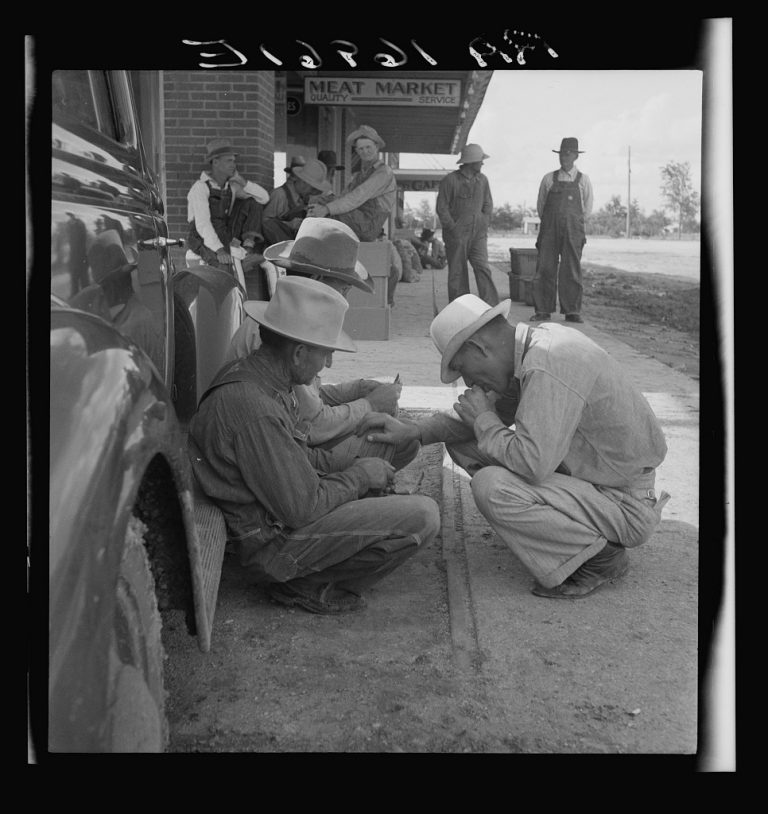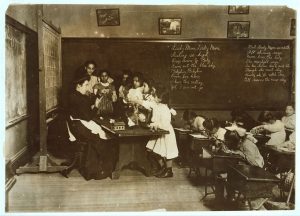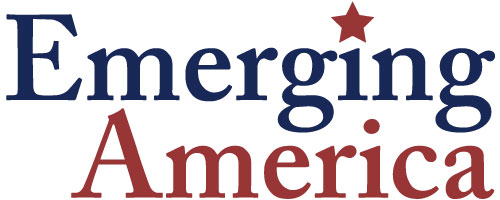EMERGING AMERICA HISTORY eNEWS Vol. 5, Issue 21 for May 23, 2018

EMERGING AMERICA HISTORY eNEWS Vol. 5, Issue 20 for May 16, 2018

EMERGING AMERICA HISTORY eNEWS Vol. 5, Issue 19 for May 9, 2018

This lesson guides students in exploring the Great Depression of 1920-1940 with a focus on the Dust Bowl, Migrant Workers, and the status of people with disabilities during this time period. The lesson is conceived as a research project in preparation for reading John Steinbeck’s novella “Of Mice and Men”, and could also be an interdisciplinary unit linking American History, English Literature…

Care for veterans is a topic not only relevant to the understanding of the aftermath of war, and to the understanding of the role of government, but is a critical topic within the longer arc of disability history. In this lesson, students gather information through a variety of primary sources on the experiences of veterans from the War of Independence through today, and ask the question, ‘How…

EMERGING AMERICA HISTORY eNEWS Vol. 5, Issue 18 for May 2, 2018
DESE statewide Civics Education Institute for 250 educators July 24-26 in Marlborough.
Focus is on creating or strengthening 8th grade civics courses.

EMERGING AMERICA HISTORY eNEWS Vol. 5, Issue 17 for April 25, 2018
NEWSSupport production of history-making
BECOMING HELEN KELLER PBS film!
https://www.loc.gov/item/2002723166/
Miss Helen Keller reading Mrs. Coolidge's lips, c. Jan 12, 1925

EMERGING AMERICA HISTORY eNEWS Vol. 5, Issue 16 for April 18, 2018

EMERGING AMERICA HISTORY eNEWS Vol. 5, Issue 15 for April 11, 2018

This elementary school lesson engages students with primary source materials that make vivid the journeys and lives of immigrant children in the early 20th century and today. It features video interviews with kids who have recently immigrated and archival photos of child immigrants from the turn of the 20th century.
Primary source interviews with five recent immigrants…


